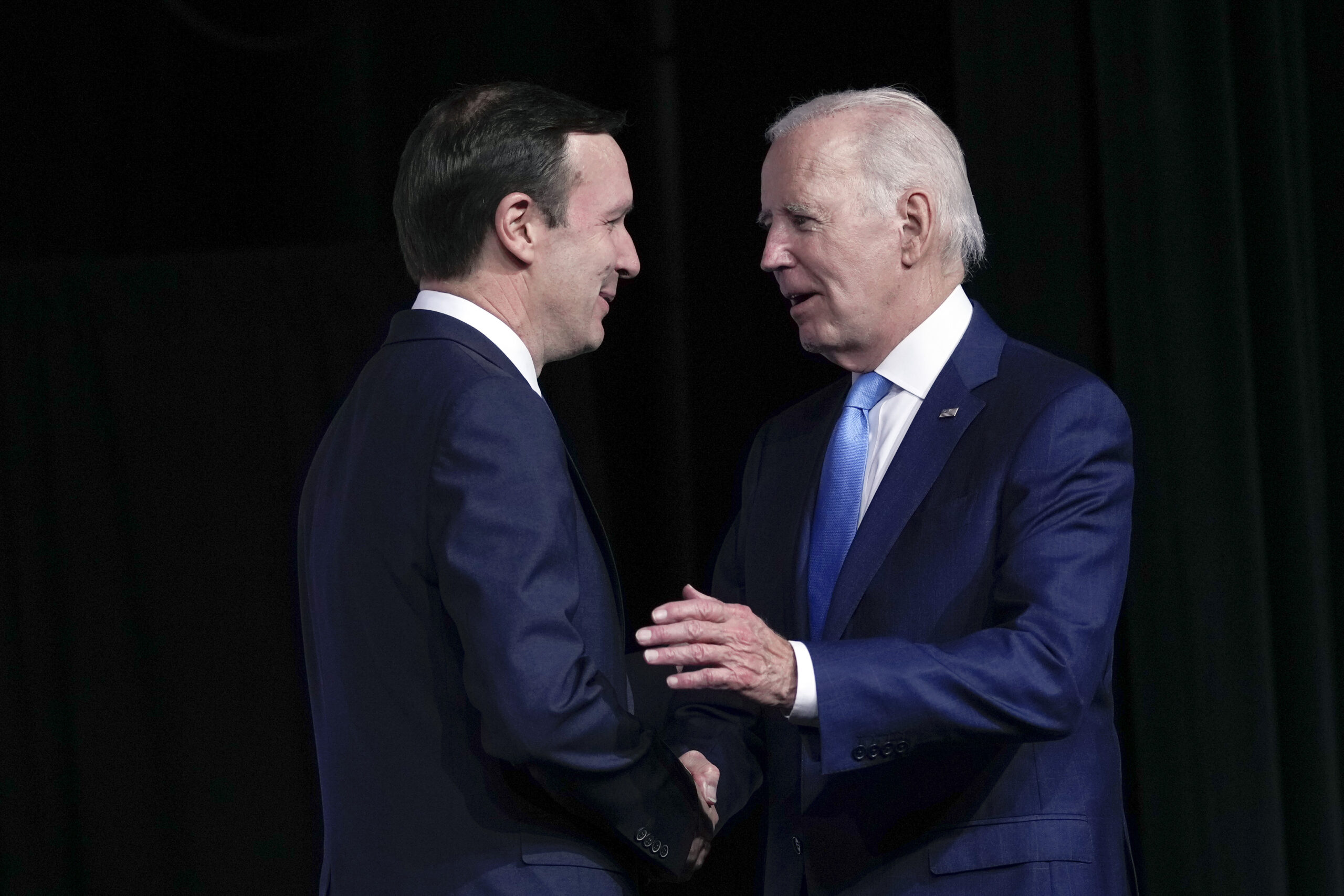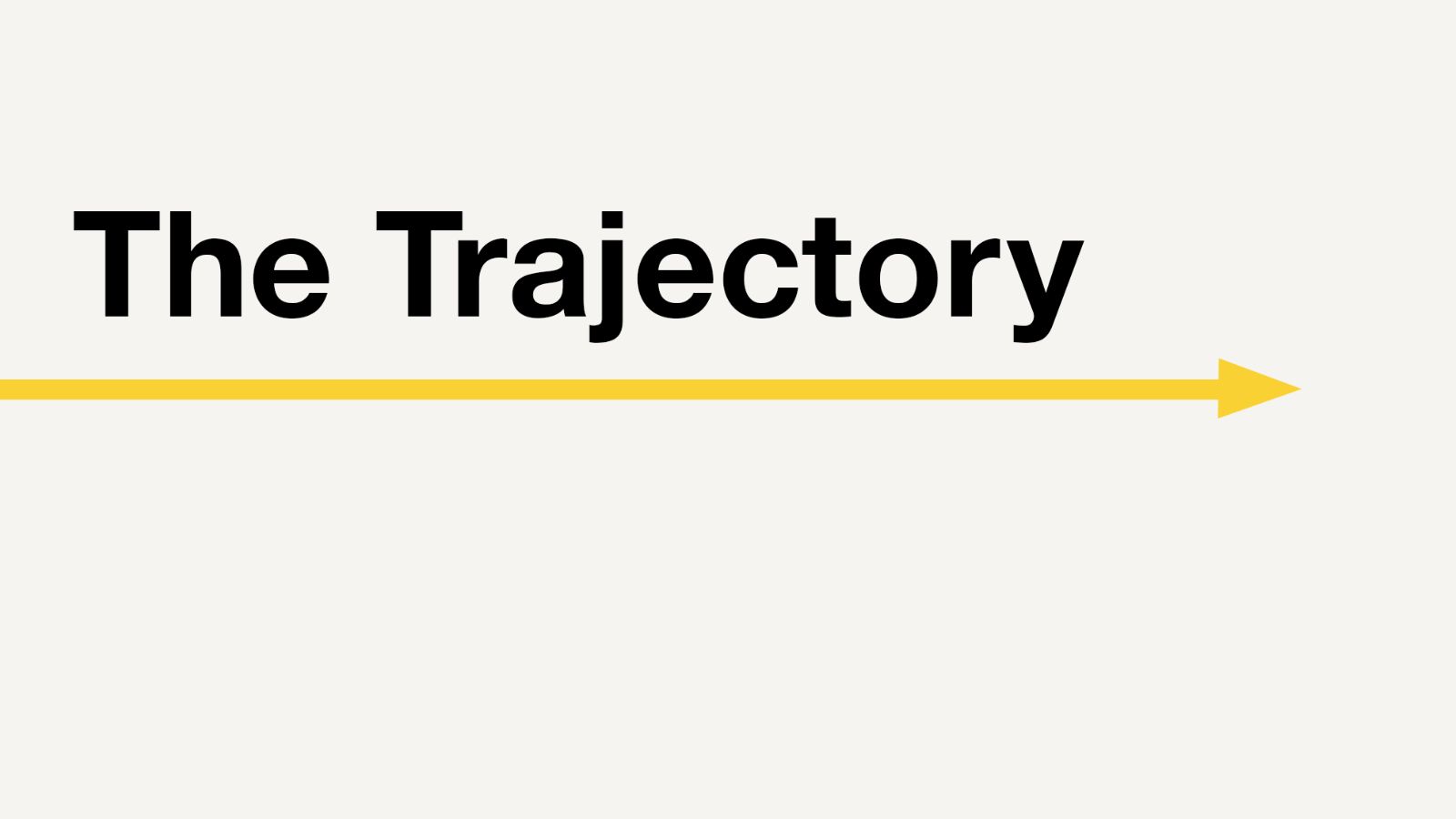Gun reform advocates have been waiting for this for years.
On Friday, President Joe Biden officially announced that he would be signing an executive order to create a new White House Office of Gun Violence Prevention. In the Rose Garden, Biden and Vice President Kamala Harris were surrounded by dozens of advocates, activists, lawmakers, and victims of gun violence who have been pushing for such a move.
“We’re going to centralize, accelerate, and intensify our work to save more lives more quickly,” Biden told them. “That’s what it was designed to do. It will drive and coordinate a government and nationwide effort to reduce gun violence.”
The new office has the potential to mark a sea change in how the federal government treats gun violence. Whether that’s the case, and how much impact the office will have, will likely come down to how well the office is run and how much authority it’s given.
I reported on the creation of the office last week. But we now know much more about its priorities, who’s going to be leading it, and what it means for the state of gun violence prevention policy and legislation.
What’s first on the office’s agenda?
The issue of gun violence is vast and complicated, but the nascent office is setting its sights on four key areas to get started, Stefanie Feldman, the incoming director of the White House Office of Gun Violence Prevention, said Thursday.
First, the office will focus on expediting the implementation of the Bipartisan Safer Communities Act and the president’s existing executive orders. That will include working with state and local lawmakers, policymakers, and law enforcement agencies to improve the enhanced background check process for gun buyers under 21, according to senior administration officials. That system is already in place — and it appears to be effective — but some states and law enforcement agencies have been less responsive to the enhanced checks, hampering their capability to block illegal purchases. The office also plans to work with state lawmakers and officials to improve Extreme Risk Protection Order law implementation and make full use of funding for crisis interventions included in the BSCA.
Second, the office will coordinate federal support, including mental health care and financial assistance, for survivors and communities affected by gun violence, particularly high-profile mass shootings that cause widespread trauma. White House officials said the president believes the federal government should respond to shootings in the same way that FEMA, the Federal Emergency Management Agency, responds to natural disasters: providing support and resources in the aftermath.
Third, the office will take on a policy development role by researching, evaluating, and proposing potential future executive actions the president could take — within his existing authority under the law — to address gun violence. While the president has signed several executive orders, like those to regulate ghost guns and pistol braces, he said Friday that he believes there’s more that can be done.
And finally, the office will work with states and cities on a coordinated effort to improve responses to gun violence. That will likely include support for community-based violence intervention efforts.
“He hears their message that we need to do more,” Feldman said. “He also hears young people all around the country demanding a world in which they do not have to live in fear of gun violence. The president hears them, he agrees with them, and he is acting. He believes that now is the moment to accelerate our work to reduce gun violence, which is why he is establishing this office.”
Perhaps most importantly, the office will be a central hub for an interagency gun violence prevention effort. And advocates who have been pushing for this move also see it as a direct line to the White House.
“Now we have an entity where we can address our frustrations, where we can address our demands, and that was not there before,” gun reform activist Manuel Oliver, who lost his son, Joaquin “Guac” Oliver, in the 2018 Parkland shooting, said Friday on CNN. Oliver interrupted the president during a ceremony celebrating the signing of the Bipartisan Safer Communities Act last year to demand that the president create a White House Office of Gun Violence Prevention.
Who’s working in the office?
Housed within the White House, the office is set to be overseen by the vice president. Feldman, the office’s new director, is a White House staff secretary and longtime policy aide to Biden who’s been working with him on gun violence issues since the 2012 Sandy Hook shooting. She is retaining her titles as staff secretary and assistant to the president, so she’ll keep her direct line to him.
It’s unclear how large the staff for the office will be once it’s fully built out, but Rob Wilcox, the former head of federal policy for the gun reform group Everytown*, and Greg Jackson, the executive director of the violence prevention organization Community Justice Action Fund, will serve as deputy directors under Feldman.
Wilcox is likely to be involved with policy surrounding firearms themselves, including efforts targeting implementation of background checks. And Jackson was hired specifically because of his deep connections to community-based violence programs across the country, a senior administration official said.
How’s it going to be funded?
Congress appropriates funding for the White House and the Executive Office of the President every year, and the new office will be funded through that appropriation. That means the White House internally will decide how much of its funding is allocated specifically to the office. It’s not yet clear how large the budget will be.
Historically, Congress has mostly allowed presidents to organize the White House and direct its discretionary budget as they see fit, but should Congress decide to get involved, it could set a budget or block the president from using White House funding for the office.
Is it permanent?
The office is likely to last as long as Biden remains president. It’s not temporary in the sense that Biden gave it an expiration date, but the office is also not permanent in that it might not survive a president who opposes its work. If Biden loses reelection, and a Republican decides to disband or reorganize the office, they could do so.
That’s why lawmakers may still see reason to consider legislation pending in Congress to codify a federal Office of Gun Violence Prevention into law. If that legislation — sponsored by Senator Chris Murphy and U.S. Representative Maxwell Frost — were to pass, the Office of Gun Violence Prevention would remain even if a new president didn’t like it.
What does this mean for gun reform legislation?
Starting this office doesn’t mean that the White House is going to stop pursuing legislative action to address gun violence. While it may be able to beef up implementation of existing laws and executive orders, only Congress can enact new laws. Part of the office’s job will likely be to develop proposals to take to members of Congress, informed by the varying federal agencies, state and local governments, and nongovernment organizations that it will be working with.
White House officials explicitly pushed back on the idea that the president has given up on action on Capitol Hill: “The president is going to continue to call for Congress to act and push for Congress to act on an assault weapons ban,” a senior administration official said. “He is not taking his attention or energy off that in any way.”
And Biden, for his part, reiterated his calls for a new federal ban on assault weapons and high-capacity magazines, universal background checks, and a national safe storage law: “We have to act now. And let me be very clear: If members of Congress refuse to act, then we’ll need to elect new members of Congress.”
*Through its nonpolitical arm, Everytown provides grants to The Trace. You can find our donor transparency policy here, and our editorial independence policy here.
This post is an edition of The Trajectory, a newsletter dedicated to exploring the people, policies, and programs grappling with America’s gun violence crisis. Learn more and subscribe here.


